
After more than eight years in the hands of consumers, is poised to overtake Windows as the most used operating system in the world. This measurement comes by way of web analytics firm StatCounter, which follows trends in worldwide web traffic. Microsoft Windows holds the slimmest of margins over Android, and they could trade positions very soon if current trends continue. Windows accounts for 38.6% of global web traffic, to StatCounter. Android, on the other hand, has climbed to 37.4% of online activity. Android has grown considerably since 2012, when StatCounter reports it accounted for just 2.2% of web traffic.

If you’re not a gaming enthusiast, you probably aren’t familiar with software engines like the or Unity Engine. That’s because until recently, outside the world of computer games, these software packages didn’t possess a great deal of relevance. All that stands to change in the near future, and we have to thank for it. To understand the coming ascendancy of the game engine as the primary platform for personal computing, let’s take a macroscopic look at the development of the operating system, dating back to MS-DOS era. For those familiar with the command prompt, the original MS-DOS was a glowing one-dimensional command line into which we GUI-less humans could type commands.
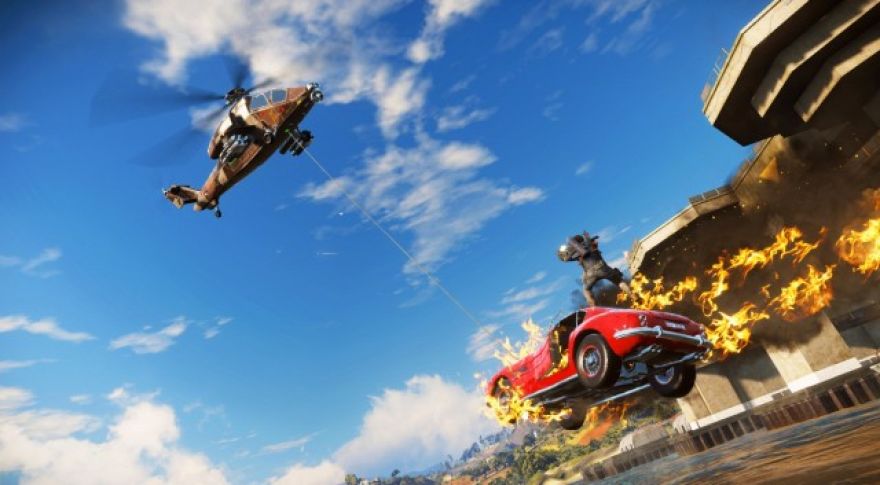
Earlier today, Sony began rolling out firmware 4.50 for both the and . Numerous small UI and social tweaks are now in place, but the biggest user-facing changes revolve around external storage improvements and the addition of a Boost Mode for unpatched games on the PS4 Pro. On the official PlayStation website, the reveal what’s changed in 4.50. In addition to the much-lauded Boost Mode, USB 3.0 hard drives between 250GB and 8TB can now hold your games, users can take advantage of voice chat, screenshots can serve as backgrounds, the PSVR can play 3D Blu-rays, you can now export animated gifs, and much of the social interface has been significantly streamlined.
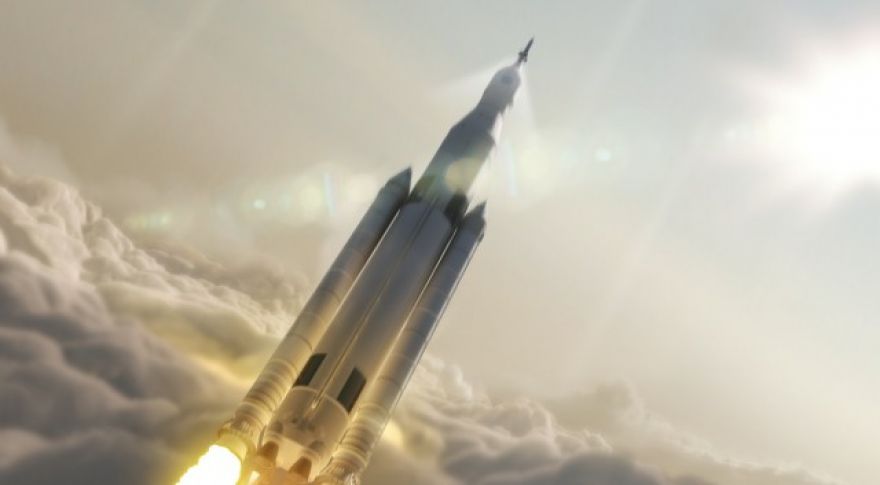
Over the last few years, NASA has been one of SpaceX’s biggest supporters and funders. Without the organization’s support, SpaceX would never have made it as far as it has. But the relationship between NASA and companies like SpaceX or Blue Origin has been complicated by their divergent goals and timelines for human spaceflight. NASA has its own heavy booster that it’s bringing up, the Space Launch System, and hasn’t necessarily been pleased at the idea of or anyone else muscling in on its turf. At least, that’s been the status quo up until a recent presentation by NASA’s head of human spaceflight, William Gerstenmaier.

NASA’s Mars orbiter MAVEN narrowly this week. Thanks to a tiny course correction made a week ago, MAVEN missed the 18-mile-wide moon by about two and a half minutes , instead of scraping by with only seven seconds’ separation in time. This course correction should be sufficient to prevent any further risk of collision with Phobos or anything else orbiting around Mars, for the remainder of MAVEN’s lifetime. After being delayed seven times in a row trying to launch EchoStar 23, SpaceX is ready to give it a go for real. SpaceX just announced that its Falcon 9 rocket will carry EchoStar 23 into space .
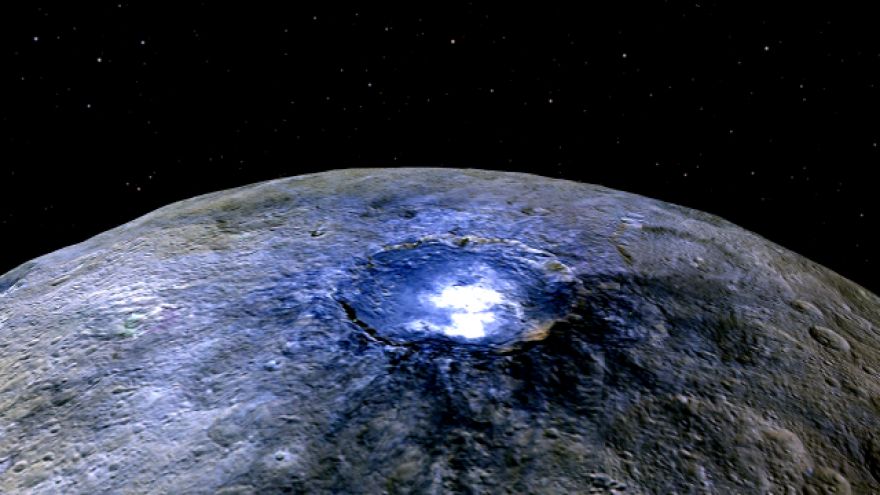
Scientists have suspected for a while that there could have been cryovolcanism on Ceres somewhere in its distant past, because of one big pile of frozen mud — but nobody had managed to prove it. Ceres, which orbits between Mars and Jupiter, has a strangely smooth surface, riddled with shallow craters but free of the largest sorts of impact basins. That makes it easy to pick out evidence of geological activity. Ahuna Mons is such a piece of evidence. It’s a huge mud pile — one of the only convex features on — and it bears such a startling resemblance to Earthly volcanic domes that once scientists spotted it a couple years ago, they immediately trained every available instrument on the region.
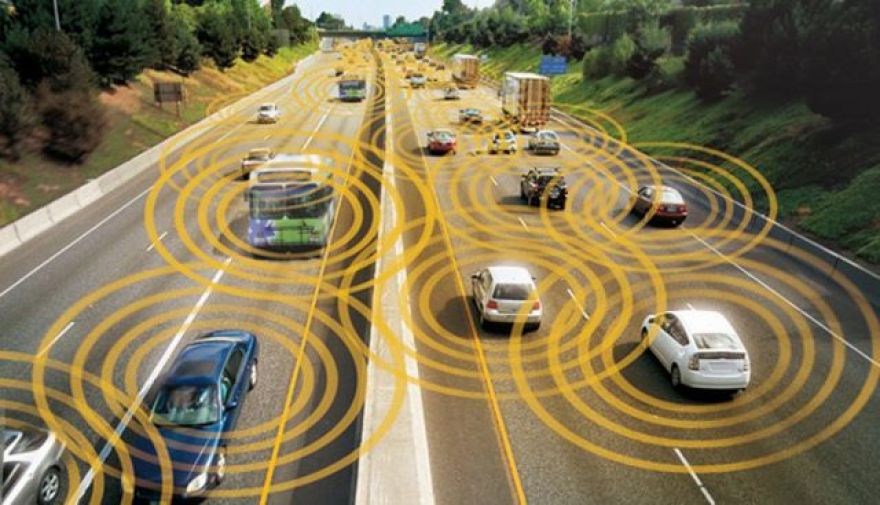
The most current dump of secrets via WikiLeaks says cars are among the devices the CIA has hacked or has been trying to hack. One extreme purpose would be to gain control of the car and possibly assassinate the occupants in ways that would make it look like just another car accident. This claim is in the so-called Vault 7 dump of 8,761 documents Tuesday that WikiLeaks said came from the Central Intelligence Agency. Other claims potentially affect any person in the connected part of the planet: Covert CIA hacking projects can get into Apple iPhone and Google Android phones.

Looking for a low-cost mobile broadband solution? Today’s deal from FreedomPop is definitely worth checking out. For a limited time, you can save 90% on a certified pre-owned Netgear Fuse LTE hotspot, and get unlimited broadband for a low monthly price. • With your hotspot, you can provide an internet connection to your WiFi-only devices over large swaths of the United States. And since it has a built-in battery, you can easily stay connected when you travel. With your purchase, you’ll get a free one-month trial of the unlimited plan, a one-month trial of the FreedomPop Premier service, and free shipping.
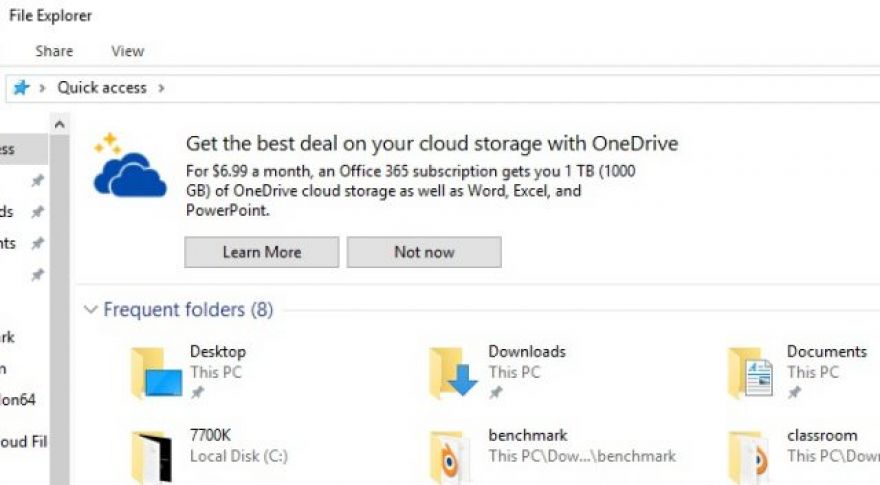
Microsoft made a lot of changes in that helped it put the mistakes of Windows 8 in the rear view mirror. Not all of Microsoft’s ideas are good, though. The company has shown a tendency to get a little too casual with how it promotes its services within Windows. You might even call these “ads.” Microsoft would, of course, dispute that description. Some of these things that look very much like ads have started showing up in File Explorer. Specifically, Windows 10 has started nagging people to buy a subscription to OneDrive. Microsoft’s OneDrive cloud storage service is built into Windows 10 and tied to your Microsoft account.









